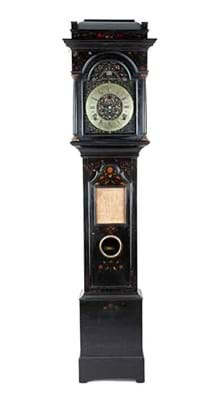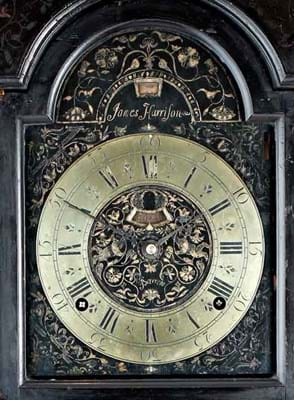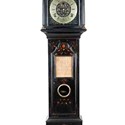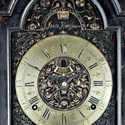But along came the Harrison Precision Pendulum Clock Number Two (pictured here), the foundation for John Harrison's later timepieces that ultimately led him to solve the problem of calculating longitude. The key was the invention of the marine chronometer, a portable clock able to keep accurate time at sea.
The original Number Two, from Leeds Museum & Galleries, is to go on show with a perfect replica of Precision Clock Number One in a new exhibition at Fairfax House in York - the first time the longcase clocks have been on public display together.
Keeping Time, from October 5-December 31, looks at the dramatic development of timekeeping in the late 17th and 18th centuries, when precision timekeeping became increasingly important, with a particular focus on clockmakers of York and Yorkshire.
Works are also on loan from the British Museum, York Museums Trust and a number of private collectors.








